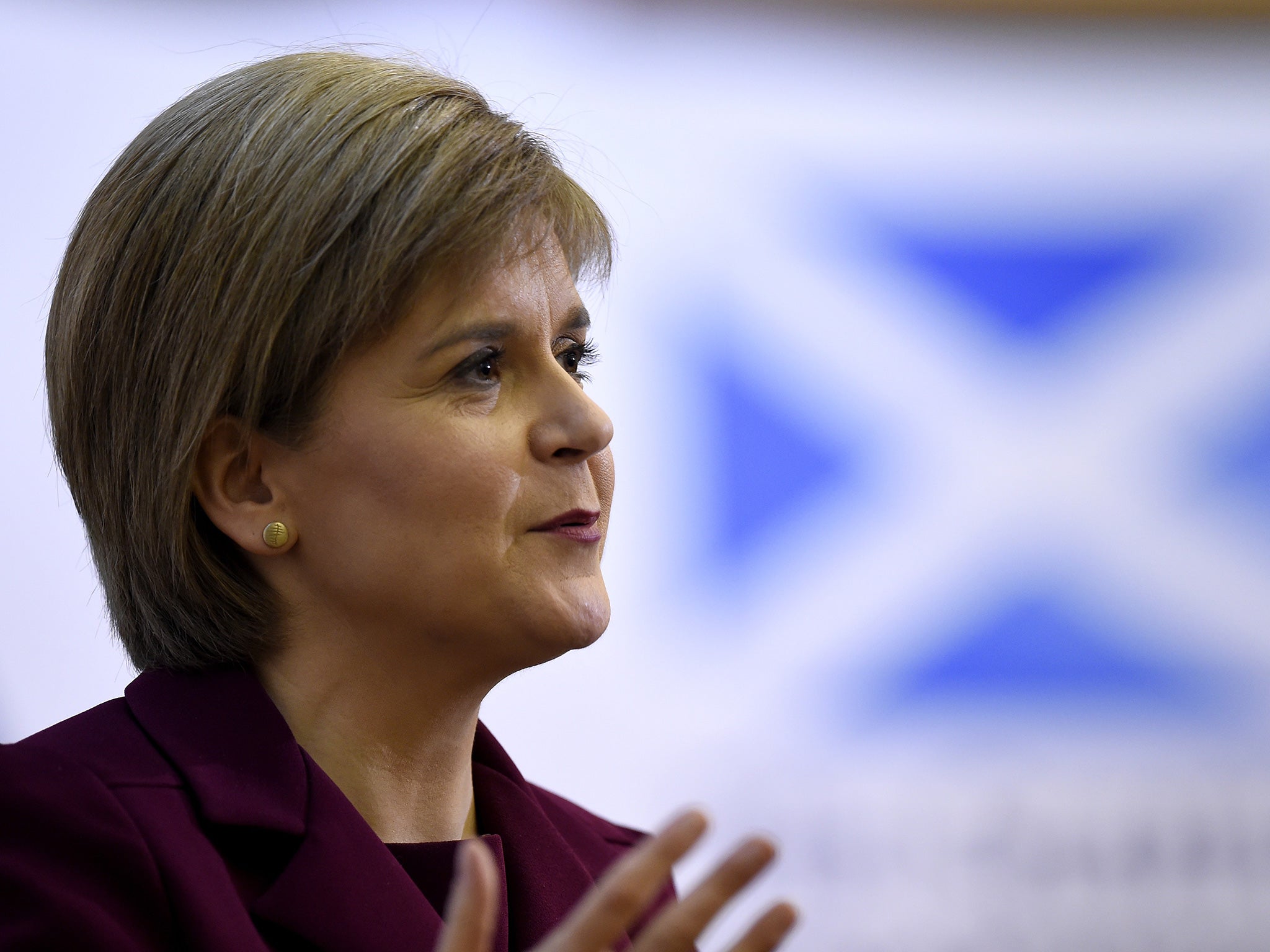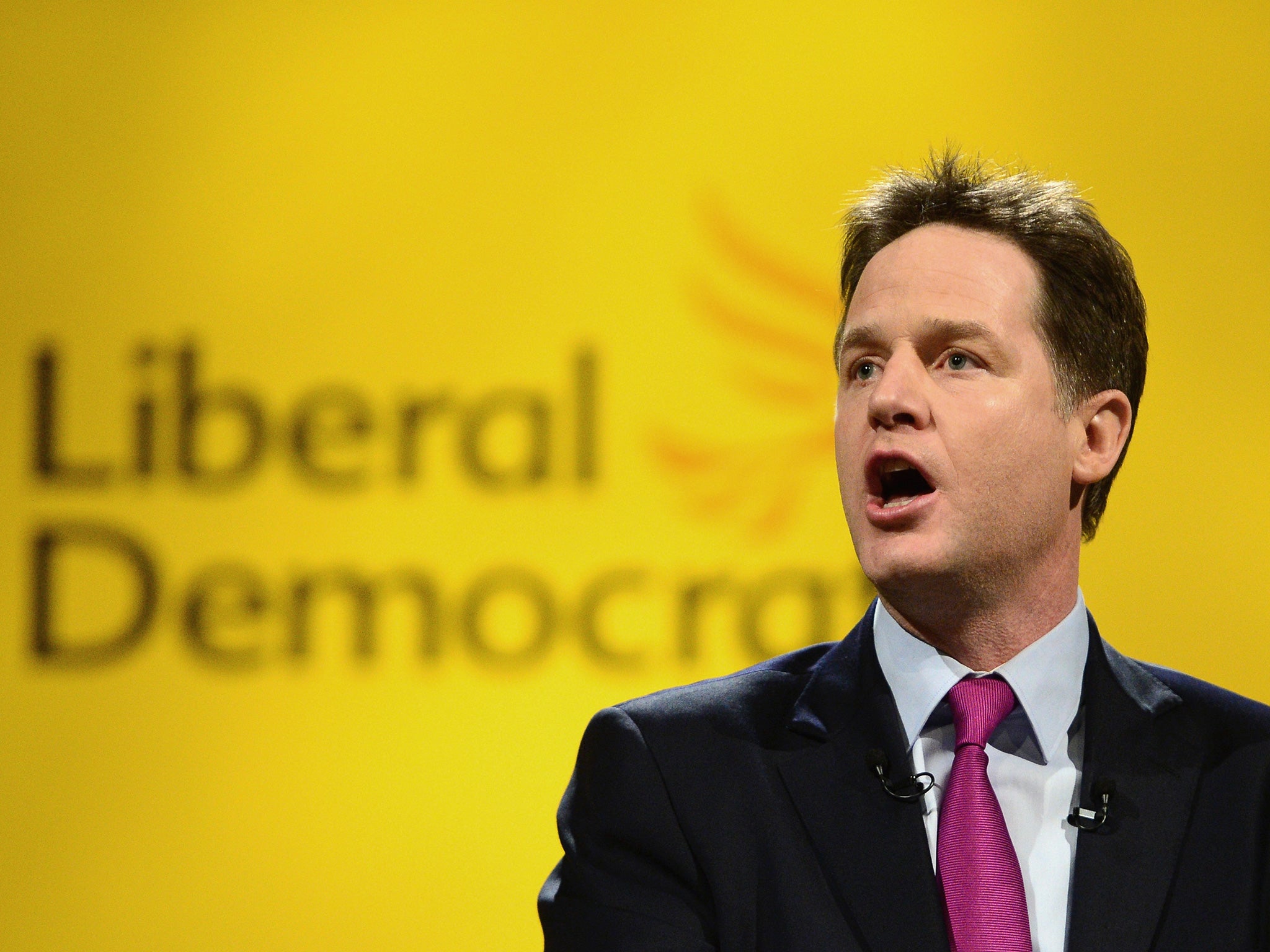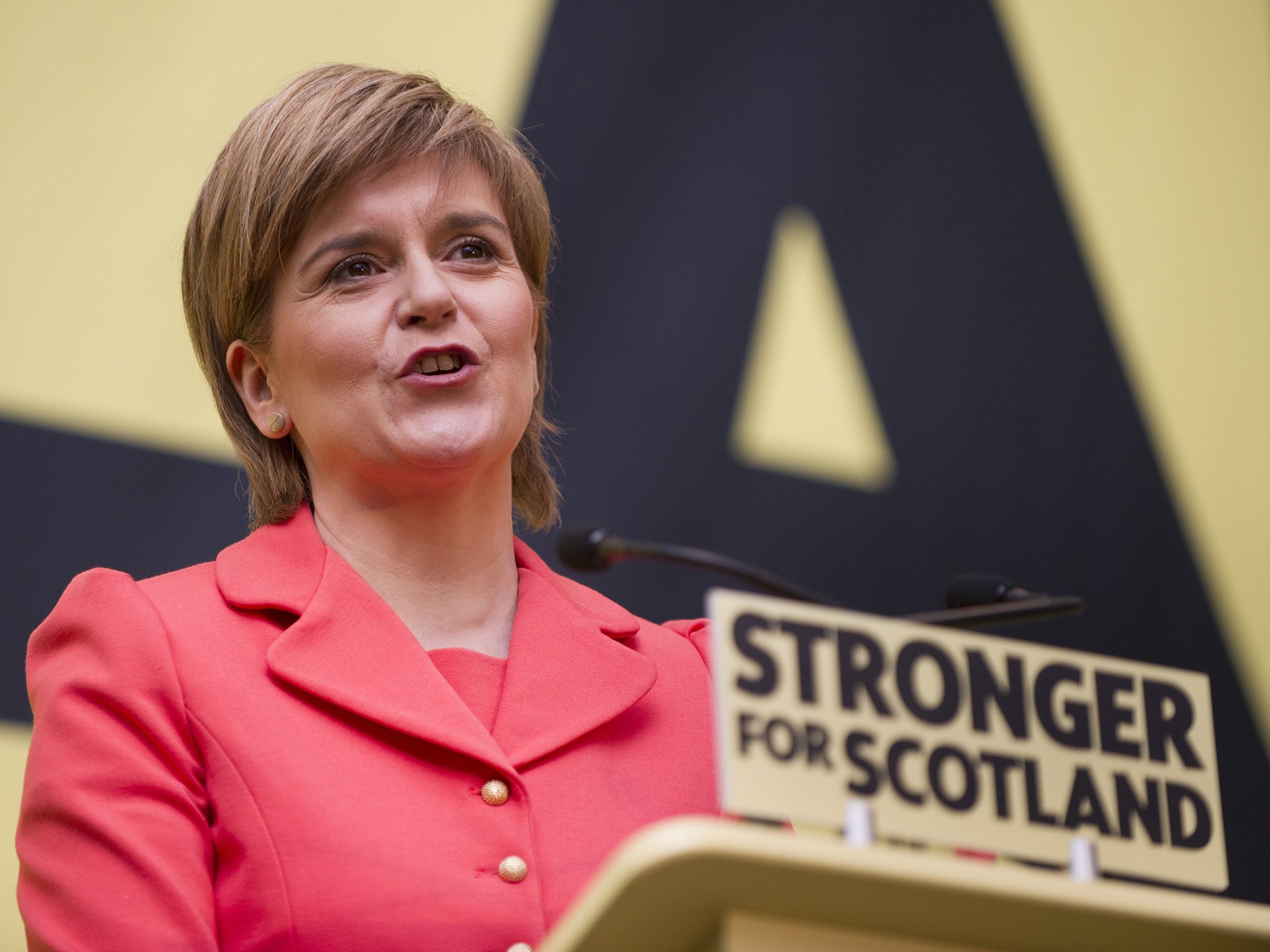General Election 2015: SNP would impose deeper cuts than Labour, says IFS
The Institute for Fiscal Studies has said that austerity would last longer under the SNP than other parties

Support truly
independent journalism
Our mission is to deliver unbiased, fact-based reporting that holds power to account and exposes the truth.
Whether $5 or $50, every contribution counts.
Support us to deliver journalism without an agenda.

Louise Thomas
Editor
The “anti-austerity rhetoric” of the Scottish National Party is not matched by its detailed spending plans and it would impose deeper cuts than Labour, an independent fiscal watchdog has said.
In a setback to Nicola Sturgeon’s attempt to portray Labour as “Tory-lite” on spending cuts, the respected Institute for Fiscal Studies (IFS) said that austerity would last longer under the SNP than other parties, with most government departments facing cuts of 4.3 per cent.
The IFS said the SNP would reduce borrowing by the same amount as Labour, but at a slower pace. It said Labour might need only £1bn of spending cuts to meet the party’s fiscal rules. The similarity between the Labour and SNP plans will fuel speculation about a post-election deal between the two parties in a hung parliament.
After analysing the Conservative, Labour, Liberal Democrat and SNP manifestos, the IFS said there was a “bigger choice” than at any election since 1992, but warned that voters were “somewhat in the dark” because the parties had not disclosed their planned tax rises or spending cuts. It suggested the parties were keen to use the election campaign to state how they would increase spending –such as on the NHS --rather than how they would make people worse off to balance the nation’s books.
Are you undecided about who to vote for on 7 May? Are you confused about what the parties stand for and what they are offering? Take this interactive quiz to help you decide who to vote for...
Carl Emmerson, the IFS deputy director, said: “There are genuinely big differences between the main parties’ fiscal plans. The electorate has a real choice, although it can at best see only the broad outlines of that choice.”
All the parties moved quickly to put their best gloss on the findings. The SNP described them as “deeply flawed”. John Swinney, the SNP Finance Secretary, said it was “simply not credible” for the IFS to describe the SNP as the only party planning to increase total spending each year and “then claim we are planning cuts.”
George Osborne, the Chancellor, rejected the IFS call for him to spell out £30bn of spending cuts. He said: “We face this choice in our country. Do we get straight back to work on an economic plan that is working under David Cameron? Or do we have the profound instability of a Miliband- SNP government borrowing more?”
Ed Balls, the shadow Chancellor, said the IFS had made wrong assumptions about Labour’s plans. He highlighted the institute’s warning that the proposed Tory cuts could hit tax credits and child benefit.
CONSERVATIVES
“The Conservatives need to spell out substantially more detail of how they will deliver the overall fiscal targets they have set themselves.” Their £5bn saving from curbing tax avoidance is “largely unspecified.”
There would be lower debt interest payments but deeper spending cuts or tax rises than under other parties.
LABOUR

“Debt would be about £90bn more in 2019-20 if Labour’s plans were implemented than if the Conservatives plans were implemented. Higher debt entails higher debt interest payments, and would potentially leave the Government less well placed to deal with future adverse effects.”
Labour has been much less clear than the Tories about the level and timing of deficit reduction, but has given more detail. No guarantee that £7.5bn would be raised by tackling tax avoidance. Commitments to increase some areas of public spending no bigger than the Tories’. But much looser fiscal rule means Labour might need only £1bn of further cuts.
LIBERAL DEMOCRATS

The IFS said they have been “more transparent” about their fiscal plans than the two biggest parties; would cut less than Tories but more than Labour. £12bn of cuts to unprotected departments. But Lib Dems plans are based on two optimistic claims: vast majority of welfare savings would be achieved by reducing benefit fraud and error and getting the jobless back to work; and raising £10bn from reducing tax avoidance.
SCOTTISH NATIONAL PARTY

The IFS found “a considerable disconnect” between the SNP’s “anti-austerity rhetoric” not the party’s plans, which imply a lower level of spending than Labour by 2019-20. The SNP “would cut less to start with but the implication of the plans … is that the period of austerity would be longer than under the other three parties.”
Tax takeaways appear to be offset by tax giveaways, and the SNP would make the social security system more generous. As a result, departmental spending would be broadly frozen, and spending other than NHS and overseas aid could face a 4.3 per cent cut.
Praised for being only party not to use “largely made-up assumptions” on cutting tax avoidance to make their sums add up.
The Independent has got together with May2015.com to produce a poll of polls that produces the most up-to-date data in as close to real time as is possible.
Click the buttons below to explore how the main parties' fortunes have changed:
All data, polls and graphics are courtesy of May2015.com. Click through for daily analysis, in-depth features and all the data you need. (All historical data used is provided by UK Polling Report)
Subscribe to Independent Premium to bookmark this article
Want to bookmark your favourite articles and stories to read or reference later? Start your Independent Premium subscription today.
Join our commenting forum
Join thought-provoking conversations, follow other Independent readers and see their replies
Comments